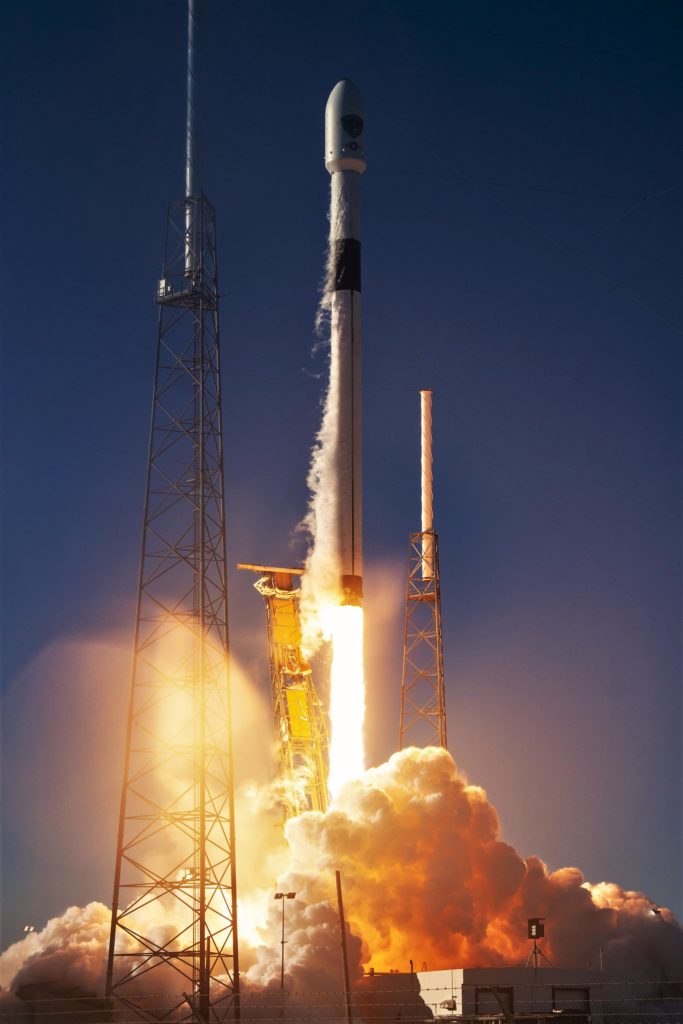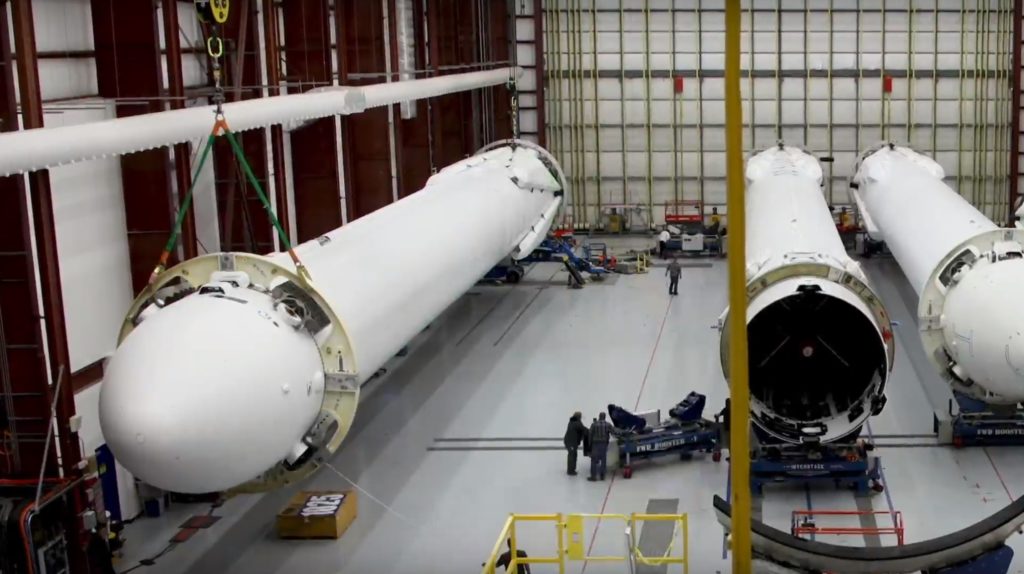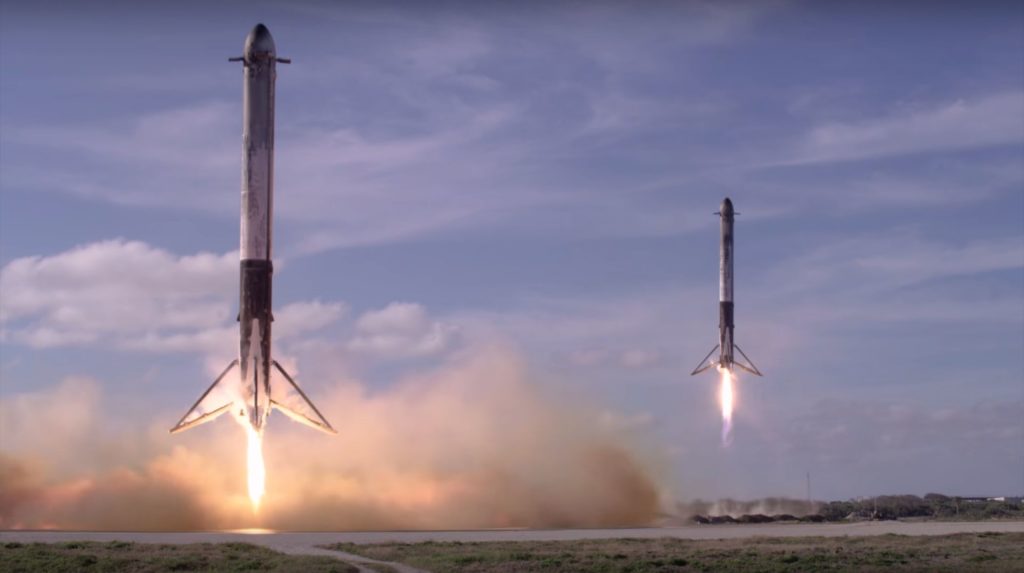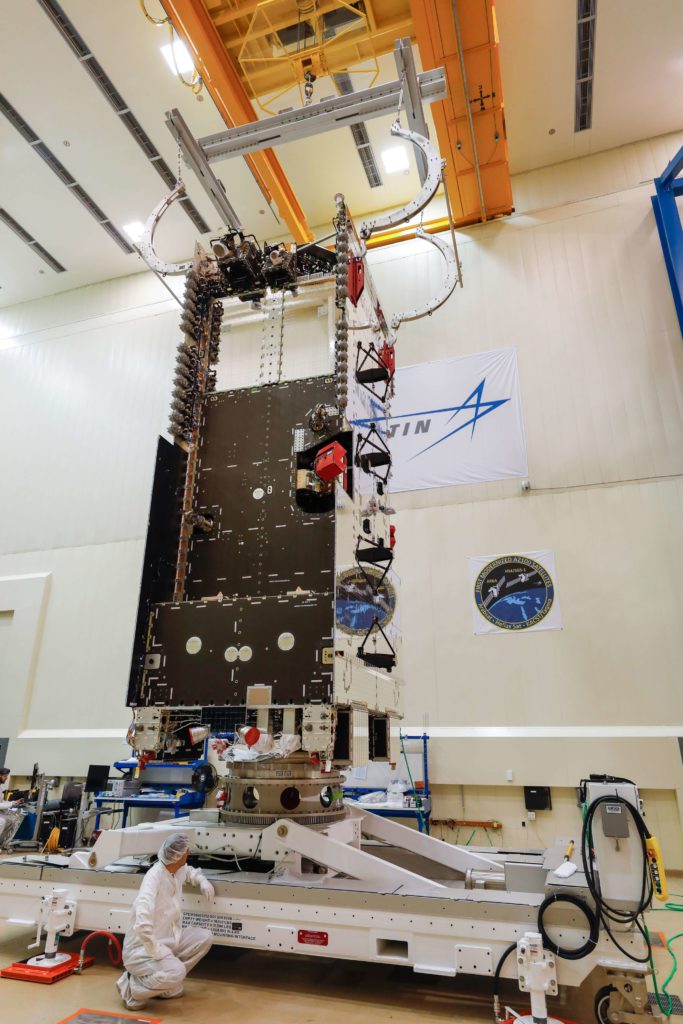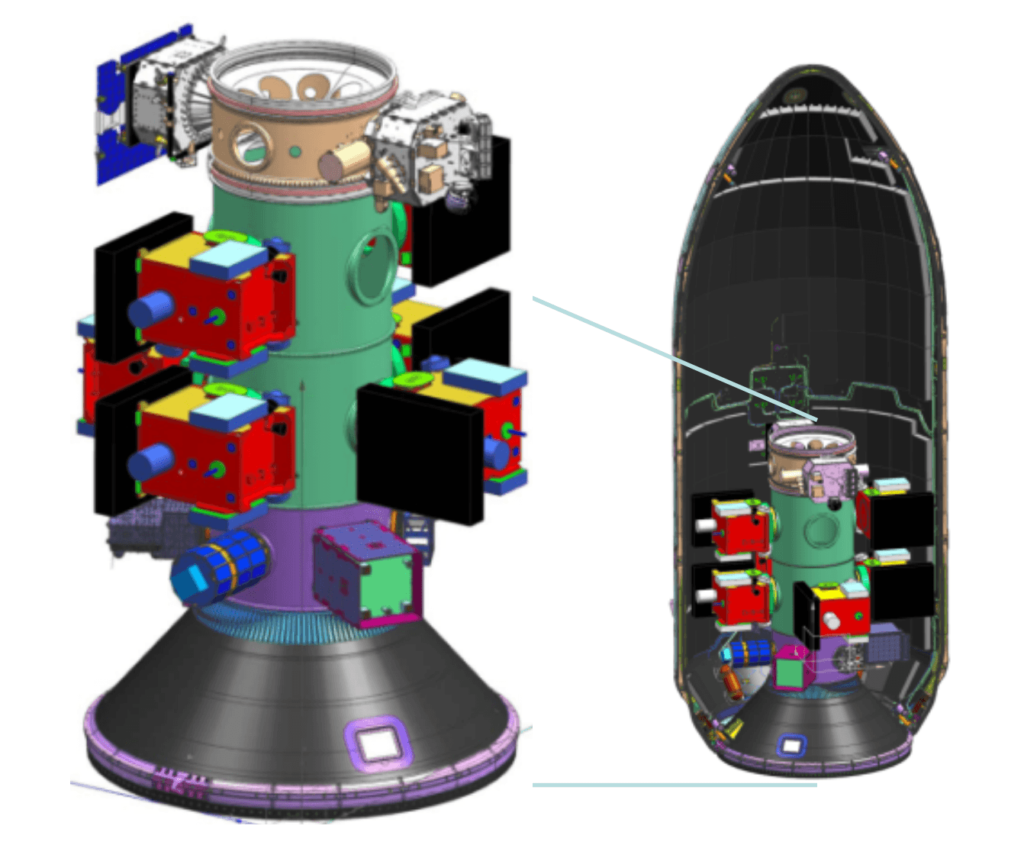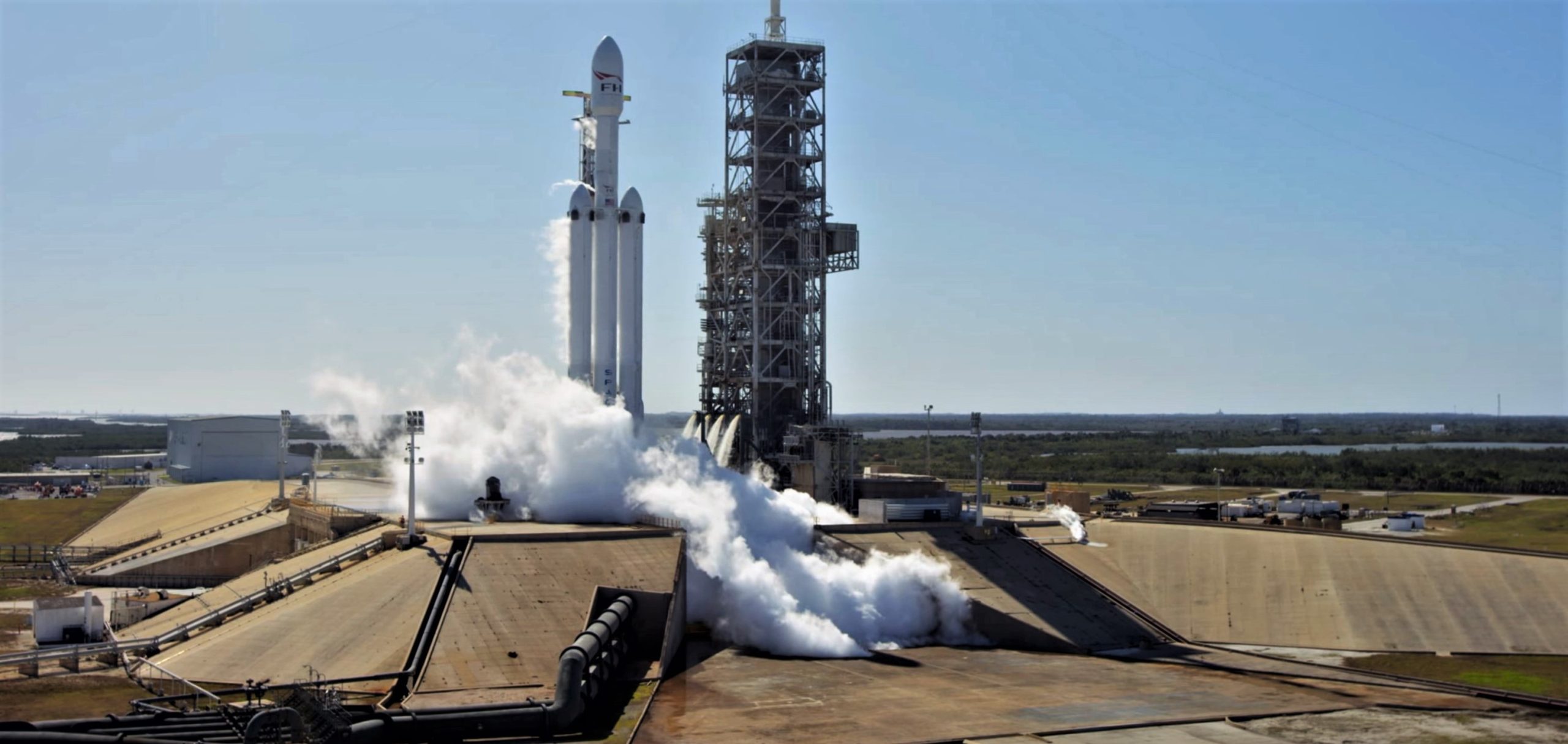

News
SpaceX’s next Falcon Heavy begins to arrive at 39A as center core heads to TX
Approximately a week after a Falcon Heavy side booster – the first of two – arrived at SpaceX’s LC-39A launch complex, a sign of late-stage preparation for the massive rocket’s second and third launches, a Falcon Heavy center stage was spotted rolling through the Waco, Texas locale on its way to SpaceX’s McGregor testing facilities.
Signified by the outlines of unusual bumps under the Falcon booster’s protective shrink wrap, this probable Falcon Heavy center core’s Texas arrival indicates that SpaceX has most likely completed static fire testing of both side boosters, with the second booster now likely to depart McGregor and/or arrive at SpaceX’s Florida facilities in the coming weeks.
The first component of Falcon Heavy Block 5 has arrived at HLC-39A! https://t.co/38spGaCps9
— Thomas Burghardt (@TGMetsFan98) December 22, 2018
In February 2018, Falcon Heavy took flight for the first time ever, bringing to an end an almost mythical series of delays that pushed the rocket’s debut back more than five years. Aside from the unintentional demise of Falcon Heavy Flight 1’s center core, the inaugural launch was a spectacular and technologically valuable success, perfectly verifying the rocket’s ability to safely ignite, launch, separate, and recover two Falcon 9-class boosters simultaneously. SpaceX also took the opportunity – a payload with no practical value aside from inspiration – to perform a successful six-hour coast of the Falcon upper stage, demonstrating a capability critical for many potentially valuable launch contracts.
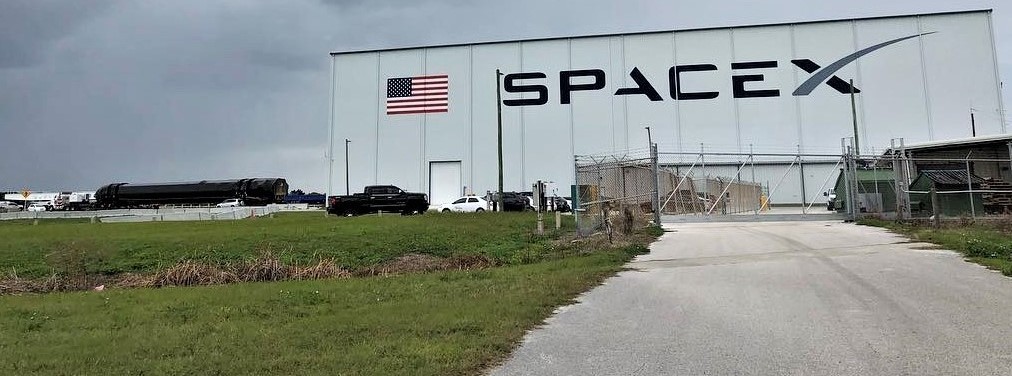
Now verified by planning schedules, SpaceX plans to attempt a truly impressive feat in the first half of 2019. Assuming all goes well during the center booster’s static fire and the subsequent integration and static fire of all three first stages, the company intends to launch the same Falcon Heavy hardware (all three boosters) twice in as little as two months, currently tentatively penciled in for February/March and April 2019.
Surprise sighting of a #SpaceX Falcon 9 rocket booster in my hometown headed a few minutes down the road to the McGregor, TX test site. First time in years seeing a booster in transit “in the wild” like this. 🚀 @elonmusk #falcon9 #falconheavy #STEM #bfr #space pic.twitter.com/daEz4NZPi5
— Abby Garrett (@abbygarrettart) January 1, 2019
Corroborated a few weeks ago by a NASA official involved in one of the payloads that will be present on that planned April launch, SpaceX plans to attempt recovery of both the side boosters and center core and rapidly refurbish them after their first launch in February or March, nominally placing the 6000 kg (~13,200 lb) Arabsat 6A satellite into a high-energy orbit. Perhaps as few as 4-8 weeks later, the rocket will be reintegrated, perform a second static fire at Pad 39A, and launch once again with a USAF rideshare known as Space Test Program (STP) 2, a program specifically designed to allow the Air Force to support low-risk test launches of unproven rockets.
Even more so than the fact that an ~8-week Falcon Heavy turnaround would simultaneously break SpaceX’s previous booster turnaround record in triplicate, the biggest reason to be skeptical of these plans is the fact that this schedule appears to require that the USAF fly a mission on not one but three flight-proven Falcon boosters. This stands at odds with the military branch’s unwillingness (by all appearances) to so much as allow a brand new Falcon 9 enough propellant margin (typically just a few percent) to land itself after the December 23rd launch of GPS III SV01, let alone allow their satellites to ride on a previously-flown rocket.
- Falcon Heavy is composed of a Falcon 9 upper stage and three Falcon 9-class boosters. (SpaceX)
- Falcon Heavy’s simultaneous side booster recovery. This will likely be repeated for both Arabsat 6A and STP-2. (SpaceX)
- The communications satellite Arabsat-6A. (Lockheed Martin)
- The USAF’s STP-2, a combination of a few dozen different satellites. (USAF)
The major wrench in the machine here is the fact that GPS III SV01 most likely cost the USAF upwards of $700M to procure and will ultimately become a critical part of a widespread infrastructural upgrade, whereas STP-2 features two dozen or so small satellites worth dramatically less than the single GPS satellite SpaceX launched last month. STP-2 also operates under a program that is in large part meant to offer opportunities for new or wholly unproven launch vehicles (like Falcon Heavy) to conduct experimental launches, carrying the assumption that certifying those rockets for national security space (NSS) missions would be in the best interests of the Air Force and DoD.
As such, the back-to-back Falcon Heavy launch schedule is by no means impossible despite the fact that it offers up many reasons to doubt its plausibility. Either way, the fact that the next Falcon Heavy’s center core has already left SpaceX’s Hawthorne factory – following in the footsteps of two new side boosters – is a nearly unequivocal sign that the rocket’s second launch rapidly approaching.
For prompt updates, on-the-ground perspectives, and unique glimpses of SpaceX’s rocket recovery fleet check out our brand new LaunchPad and LandingZone newsletters!

Investor's Corner
SpaceX IPO is coming, CEO Elon Musk confirms
However, it appears Musk is ready for SpaceX to go public, as Ars Technica Senior Space Editor Eric Berger wrote an op-ed that indicated he thought SpaceX would go public soon. Musk replied, basically confirming it.

Elon Musk confirmed through a post on X that a SpaceX initial public offering (IPO) is on the way after hinting at it several times earlier this year.
It also comes one day after Bloomberg reported that SpaceX was aiming for a valuation of $1.5 trillion, adding that it wanted to raise $30 billion.
Musk has been transparent for most of the year that he wanted to try to figure out a way to get Tesla shareholders to invest in SpaceX, giving them access to the stock.
He has also recognized the issues of having a public stock, like litigation exposure, quarterly reporting pressures, and other inconveniences.
However, it appears Musk is ready for SpaceX to go public, as Ars Technica Senior Space Editor Eric Berger wrote an op-ed that indicated he thought SpaceX would go public soon.
Musk replied, basically confirming it:
As usual, Eric is accurate
— Elon Musk (@elonmusk) December 10, 2025
Berger believes the IPO would help support the need for $30 billion or more in capital needed to fund AI integration projects, such as space-based data centers and lunar satellite factories. Musk confirmed recently that SpaceX “will be doing” data centers in orbit.
AI appears to be a “key part” of SpaceX getting to Musk, Berger also wrote. When writing about whether or not Optimus is a viable project and product for the company, he says that none of that matters. Musk thinks it is, and that’s all that matters.
It seems like Musk has certainly mulled something this big for a very long time, and the idea of taking SpaceX public is not just likely; it is necessary for the company to get to Mars.
The details of when SpaceX will finally hit that public status are not known. Many of the reports that came out over the past few days indicate it would happen in 2026, so sooner rather than later.
But there are a lot of things on Musk’s plate early next year, especially with Cybercab production, the potential launch of Unsupervised Full Self-Driving, and the Roadster unveiling, all planned for Q1.
News
Tesla adds 15th automaker to Supercharger access in 2025
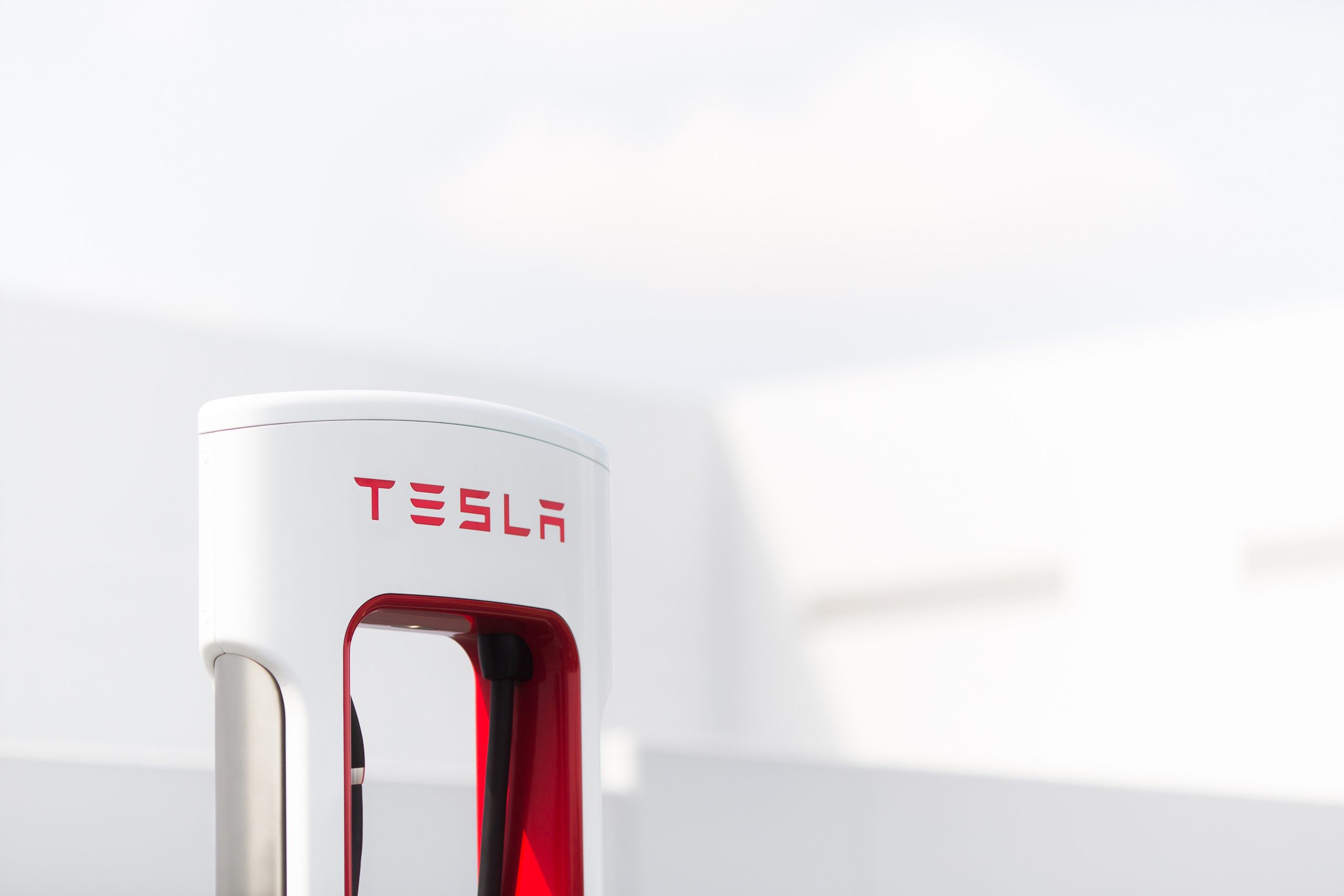
Tesla has added the 15th automaker to the growing list of companies whose EVs can utilize the Supercharger Network this year, as BMW is the latest company to gain access to the largest charging infrastructure in the world.
BMW became the 15th company in 2025 to gain Tesla Supercharger access, after the company confirmed to its EV owners that they could use any of the more than 25,000 Supercharging stalls in North America.
Welcome @BMW owners.
Download the Tesla app to charge → https://t.co/vnu0NHA7Ab
— Tesla Charging (@TeslaCharging) December 10, 2025
Newer BMW all-electric cars, like the i4, i5, i7, and iX, are able to utilize Tesla’s V3 and V4 Superchargers. These are the exact model years, via the BMW Blog:
- i4: 2022-2026 model years
- i5: 2024-2025 model years
- 2026 i5 (eDrive40 and xDrive40) after software update in Spring 2026
- i7: 2023-2026 model years
- iX: 2022-2025 model years
- 2026 iX (all versions) after software update in Spring 2026
With the expansion of the companies that gained access in 2025 to the Tesla Supercharger Network, a vast majority of non-Tesla EVs are able to use the charging stalls to gain range in their cars.
So far in 2025, Tesla has enabled Supercharger access to:
- Audi
- BMW
- Genesis
- Honda
- Hyundai
- Jaguar Land Rover
- Kia
- Lucid
- Mercedes-Benz
- Nissan
- Polestar
- Subaru
- Toyota
- Volkswagen
- Volvo
Drivers with BMW EVs who wish to charge at Tesla Superchargers must use an NACS-to-CCS1 adapter. In Q2 2026, BMW plans to release its official adapter, but there are third-party options available in the meantime.
They will also have to use the Tesla App to enable Supercharging access to determine rates and availability. It is a relatively seamless process.
News
Tesla adds new feature that will be great for crowded parking situations
This is the most recent iteration of the app and was priming owners for the slowly-released Holiday Update.
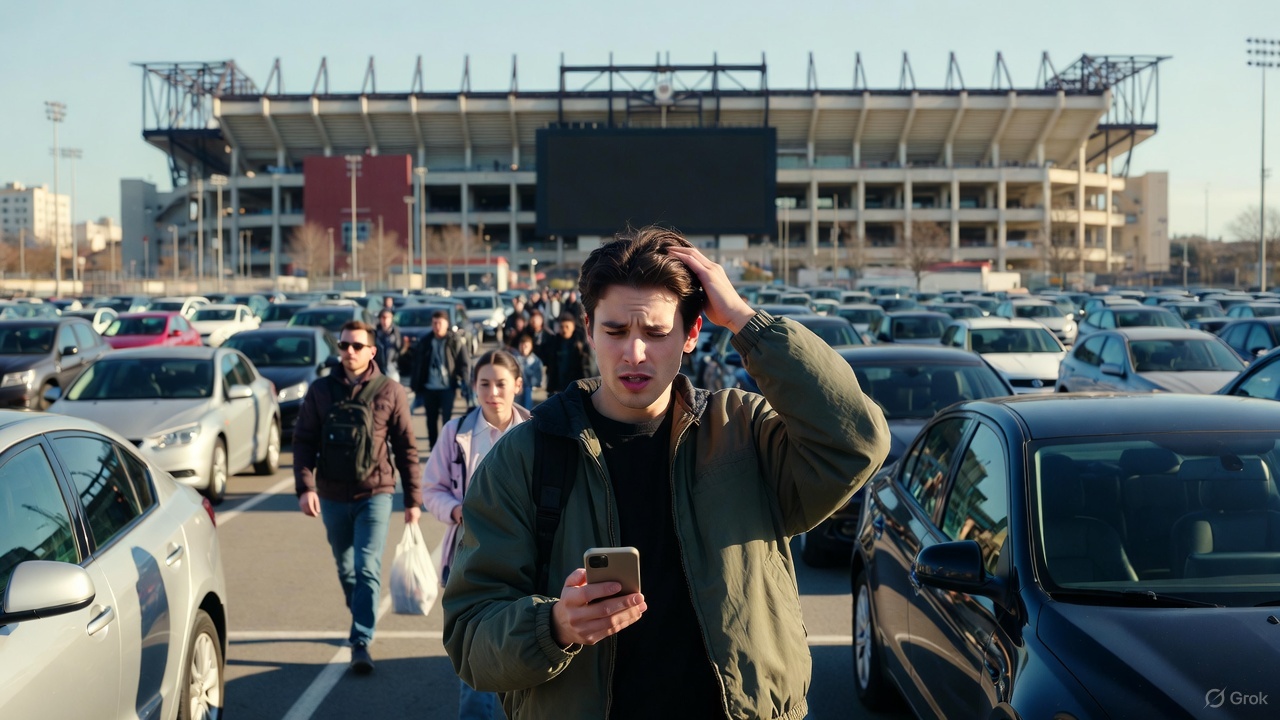
Tesla has added a new feature that will be great for crowded parking lots, congested parking garages, or other confusing times when you cannot seem to pinpoint where your car went.
Tesla has added a new Vehicle Locator feature to the Tesla App with App Update v4.51.5.
This is the most recent iteration of the app and was priming owners for the slowly-released Holiday Update.
While there are several new features, which we will reveal later in this article, perhaps one of the coolest is that of the Vehicle Locator, which will now point you in the direction of your car using a directional arrow on the home screen. This is similar to what Apple uses to find devices:
Interesting. The location arrow in the Tesla app now points to your car when you’re nearby. pic.twitter.com/b0yjmwwzxN
— Whole Mars Catalog (@wholemars) December 7, 2025
In real time, the arrow gives an accurate depiction of which direction you should walk in to find your car. This seems extremely helpful in large parking lots or unfamiliar shopping centers.
Getting to your car after a sporting event is an event all in itself; this feature will undoubtedly help with it:
The nice little touch that Tesla have put in the app – continuous tracking of your vehicle location relative to you.
There’s people reporting dizziness testing this.
To those I say… try spinning your phone instead. 😉 pic.twitter.com/BAYmJ3mzzD
— Some UK Tesla Guy (UnSupervised…) (@SomeUKTeslaGuy) December 8, 2025
Tesla’s previous app versions revealed the address at which you could locate your car, which was great if you parked on the street in a city setting. It was also possible to use the map within the app to locate your car.
However, this new feature gives a more definitive location for your car and helps with the navigation to it, instead of potentially walking randomly.
It also reveals the distance you are from your car, which is a big plus.
Along with this new addition, Tesla added Photobooth features, Dog Mode Live Activity, Custom Wraps and Tints for Colorizer, and Dashcam Clip details.
🚨 Tesla App v4.51.5 looks to be preparing for the Holiday Update pic.twitter.com/ztts8poV82
— TESLARATI (@Teslarati) December 8, 2025
All in all, this App update was pretty robust.
